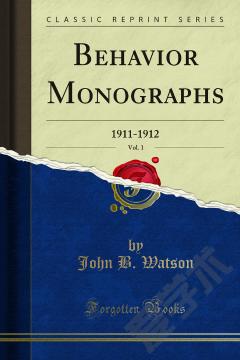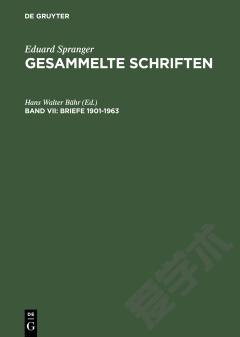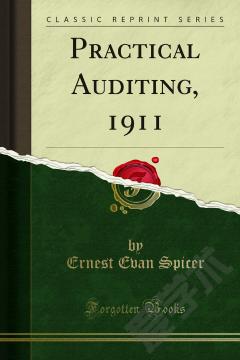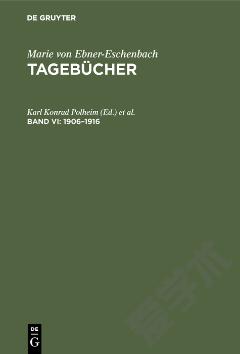Behavior Monographs —— 1911-1912
-----
The experimental work reported in this monograph was car ried on during the years 1907, 1908, and 1909 in the Harvard Psychological Laboratory. The variety of chick used in all the work was the Barred Plymouth Rock. It is usually considered by poultry breeders a hardy chick, and for this reason more than any other was selected for these tests. The program of research began with a cursory study of the first activities of the animals, preliminary to a more detailed study of certain instinctive modes of response such as drinking, pecking, and imitating. In the case of drinking, interest centered in the nature of the stimulus; in the case of pecking, in the accuracy of the reaction; as for imitation, the question was asked, In how far is social influence a means to improvement in the accu racy of pecking? After some knowledge of the natural tenden cies of the chicks had been gained, an attempt was made to trace the course of development of certain habits of response to optical stimuli, as well as to study the interrelation and persistence of these habits. Quantitative methods were devised and applied wherever they suggested themselves to the ex perimenter. The investigation was pursued under the immediate direction of Professor Robert M. Yerkes. What I owe to his searching criticism and fertile suggestions, a mere word of acknowledgment will not suffice to say. I shall be only too glad if my immature effort reveal some trace of his admirable scientific spirit. I am also much indebted to my colleague, Professor Charles Scott Berry, for a critical reading of the manuscript, and to Dr. William F Hauhart, Instructor in German, University of Michigan, for valuable assistance in reading the proof.
{{comment.content}}








 京公网安备 11010802027623号
京公网安备 11010802027623号